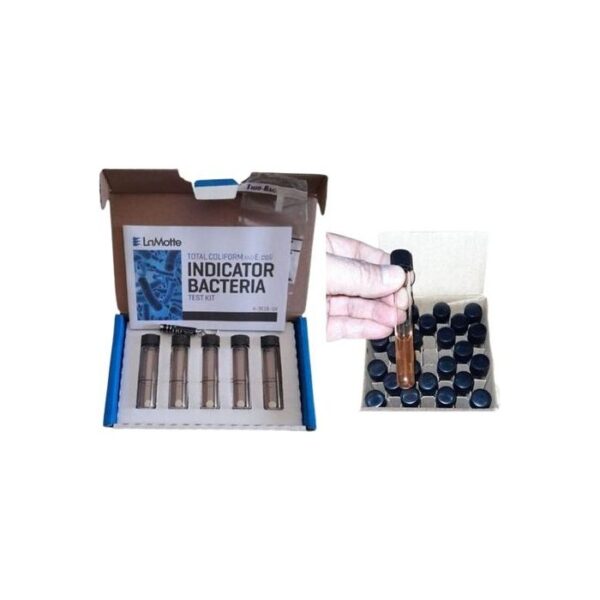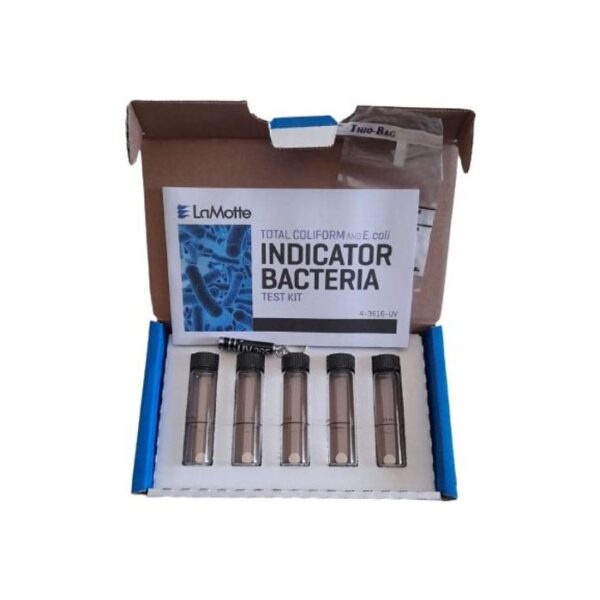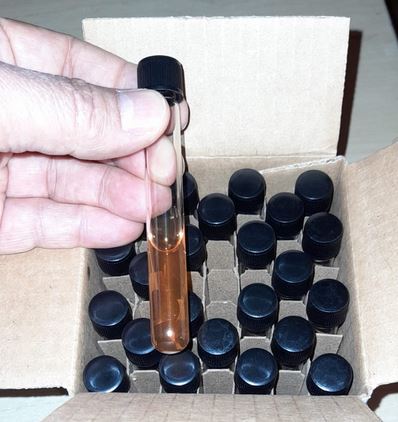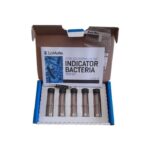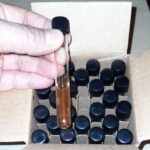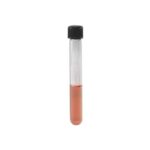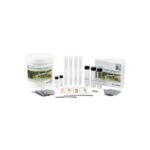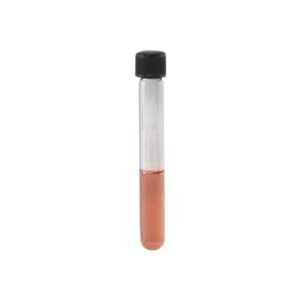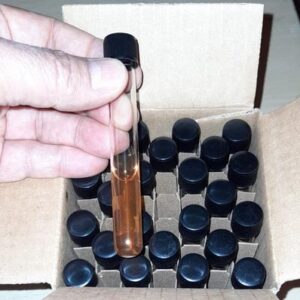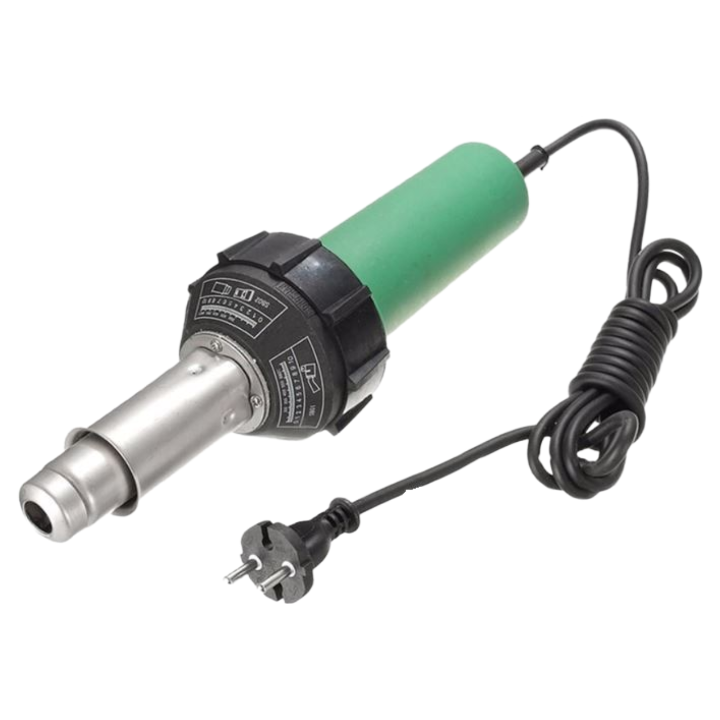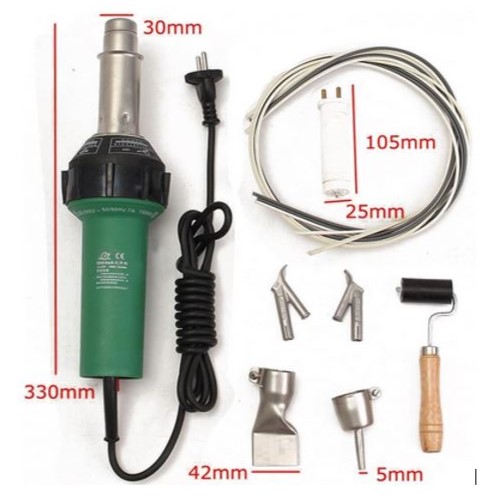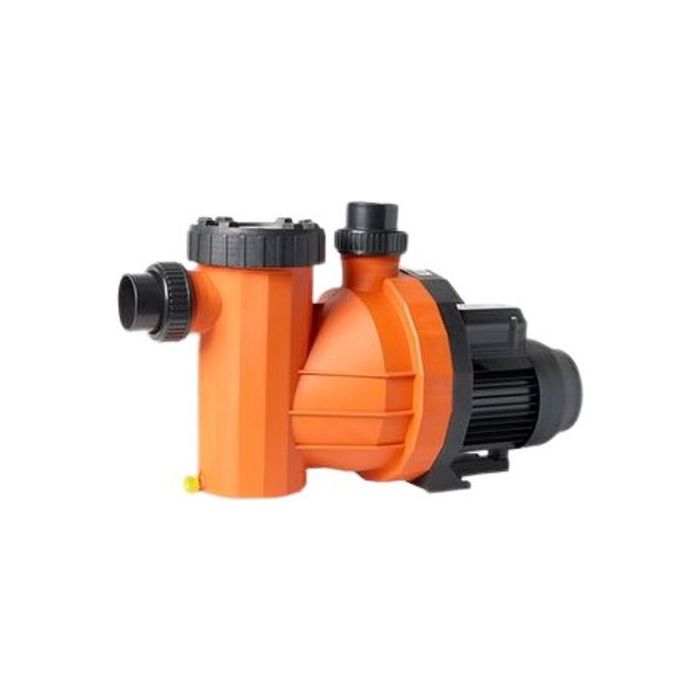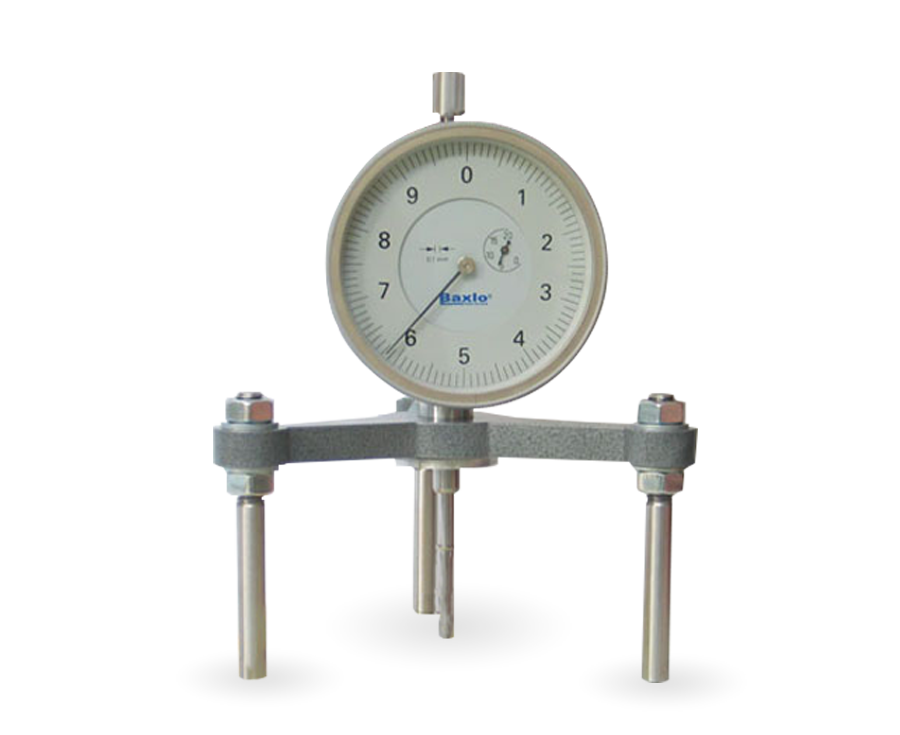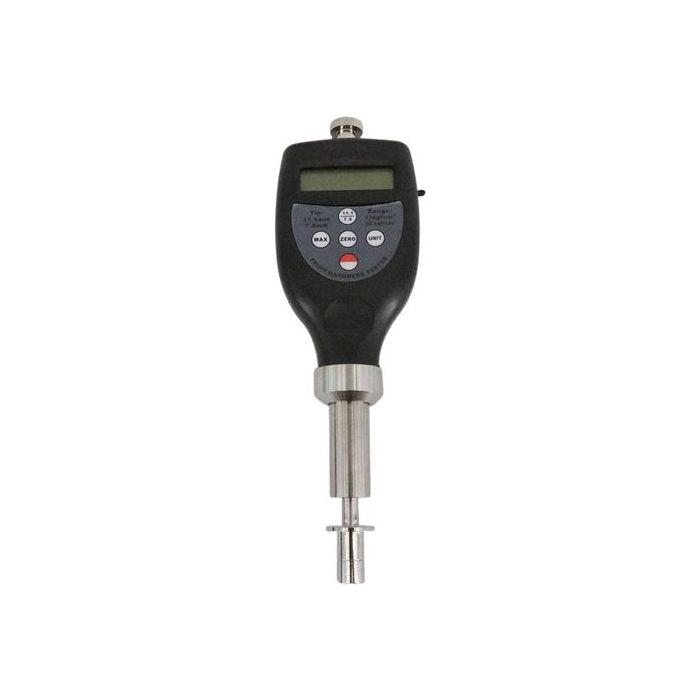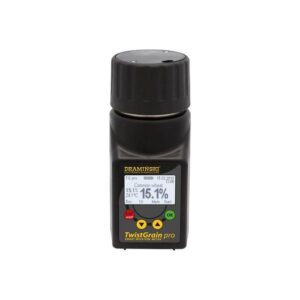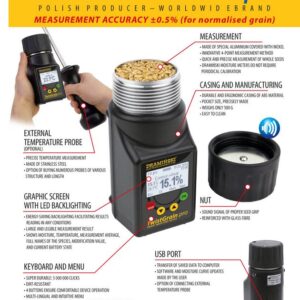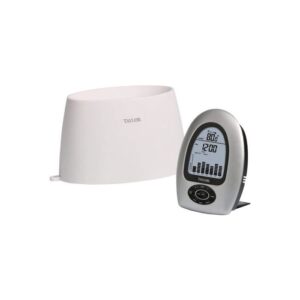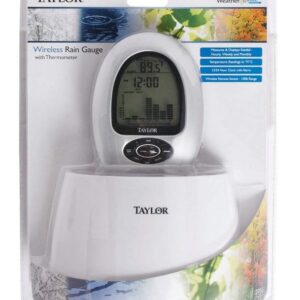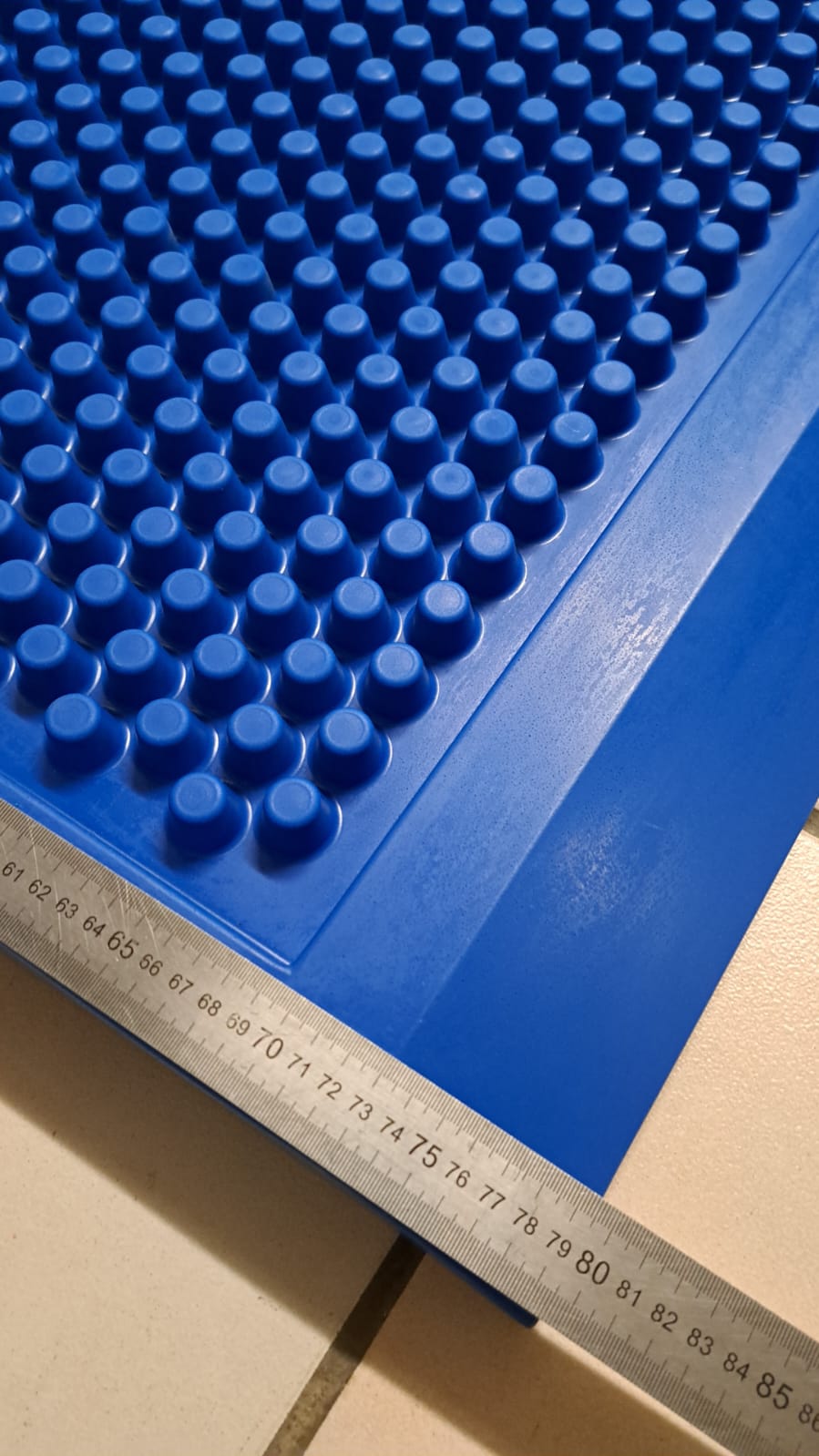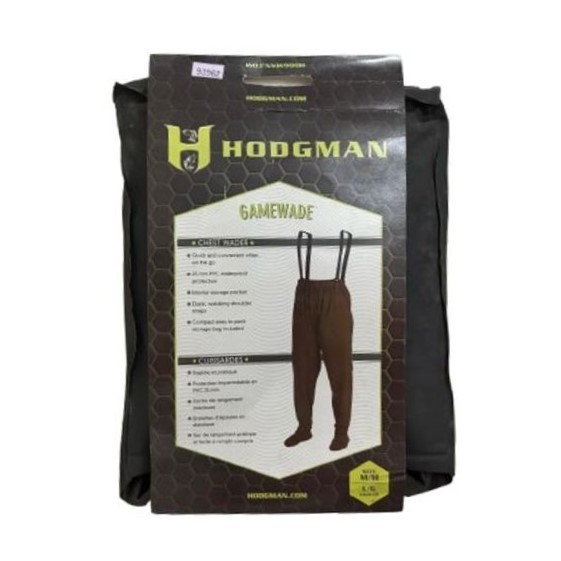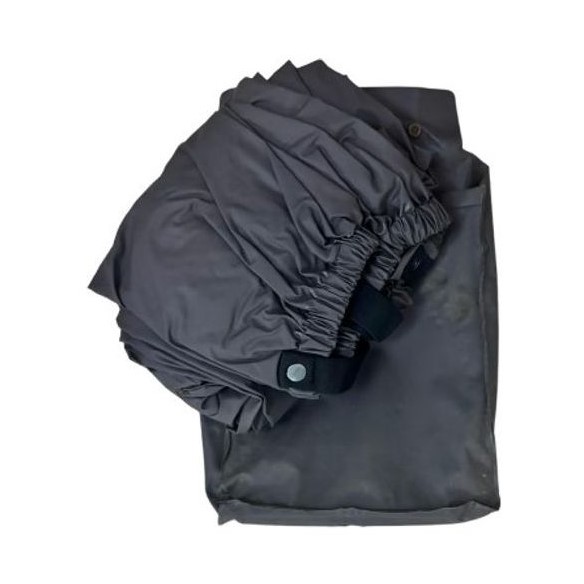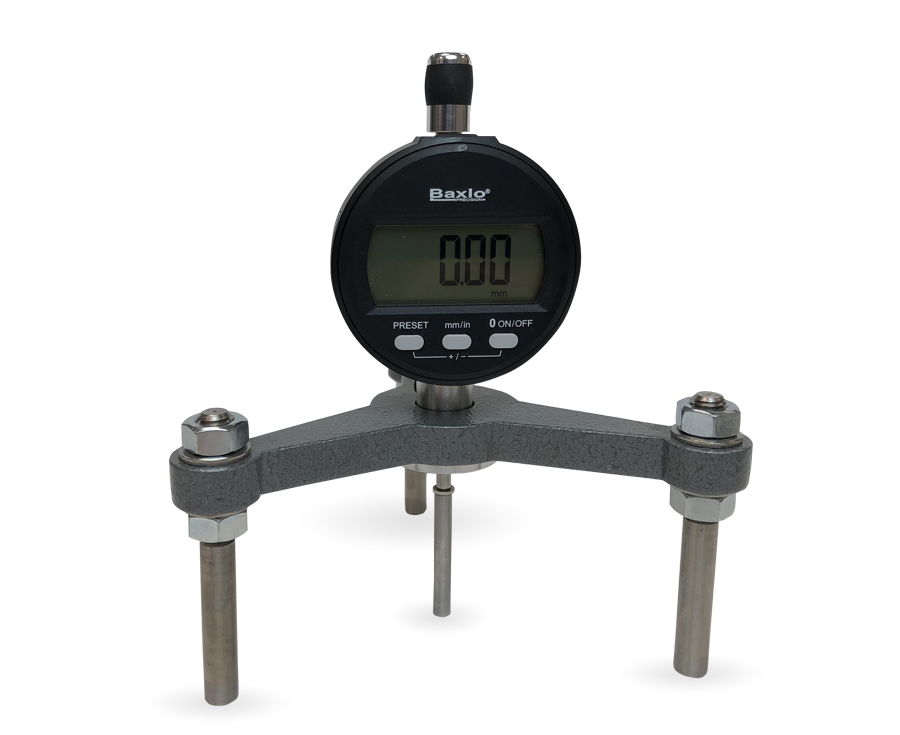Coliform & Escherichia coli screening kit
R2,995.00 Excl. VAT
25 Coliform & 5 Escherichia coli test screening kit. The manufacturer of the E. coli component has been out of stock since March 2024. The 25 test coliform kit component is available.
- Description
- Additional information
- About Escherichia coli
- Manuals for Coliform & Ecoli
Description
Screen for coliforms with the pack of 25 tests for qualitative presence/absence test. Should coliforms detect as positive, test again with the total coliform and E. coli indicator bacteria test kit (5 tests).
This combination of 2 kits enables cost effective coliform screening. When a positive coliform presence test occurs, further verification and detection of E. coli is made with one of the 5 supplied total coliform and E. coli tests.
The 5 test Escherichia coli kit 4-3616-UV
No incubation equipment is required, and results are available in 44 to 48 hours at room temperature (24 hours if warm). The kit includes five glass tubes, each containing one test tablet. Coliform bacteria activity is indicated by a color change and the formation of gas bubbles in the gel substance within the tube. The sample will have a fluorescent blue glow when exposed to UV light if E. coli is present (UV penlight included). A sterile water sampling bag with a dechlorinating tablet is also included for chlorine removal.
Additional information
| Weight | 2 kg |
|---|---|
| Dimensions | 30 × 30 × 30 cm |
Escherichia coli (abbreviated as E. coli) are bacteria found in the environment, foods, and intestines of people and animals. E. coli are a large and diverse group of bacteria. Although most strains of E. coli are harmless, others can make you sick. Some kinds of E. coli can cause diarrhea, while others cause urinary tract infections, respiratory illness and pneumonia, and other illnesses.
Detection of E. coli indicates that the water source is contaminated with fecal matter and a potential health hazard if consumed without treatment.
Some kinds of E. coli are
Shiga toxin-producing E. coli (STEC)
Enterotoxigenic E. coli (ETEC)
Diarrheagenic E. coli
Enterotoxigenic E. coli (ETEC)
Enterotoxigenic Escherichia coli (E. coli), or ETEC, is an important cause of bacterial diarrheal illness. Infection with ETEC is the leading cause of travelers’ diarrhea and a major cause of diarrheal disease in lower-income countries, especially among children. ETEC is transmitted by food or water contaminated with animal or human feces. Infection can be prevented by avoiding or safely preparing foods and beverages that could be contaminated with the bacteria, as well as washing hands with soap frequently.
Diarrheagenic E. coli causes watery or bloody diarrhea, abdominal cramps, with or without fever.
Shiga toxin-producing E. coli (STEC)—STEC may also be referred to as Verocytotoxin-producing E. coli (VTEC) or enterohemorrhagic E. coli (EHEC). This pathotype is the one most commonly heard about in the news in association with foodborne outbreaks.
Data source: https://www.cdc.gov/ecoli/index.html
Coliform screening IS5031 MSDS safety data document.
Coliform and E. coli 3189_msds(1) MSDS safety data document.
Total coliform and E. coli manual. This pdf format document opens in a new page: 3188v_msds
Coliform screening instructions
Coliforms are a broad group of bacteria found throughout the environment. Coliform bacteria may be found in soil, on plants, and in water. While these organisms are not typically associated with serious illness themselves, they are often used as indicator organisms. The presence of coliforms may indicate a possible presence of other pathogenic (disease-causing) orgnaisms. Fecal coliforms are a subgroup of the larger general coliform category. The most well-known example of a fecal coliform is Escherichia coli, or E. coli, a coliform present in the intestinal tract and feces of warm-blooded animals. When high levels of general coliforms are present in water, it is most likely the source is environmental. Rainwater, for example, may wash these bacteria from the surface of plants or from the soil and eventually carry them to a water source. Again, while these organisms are for the most part harmless, a significant presence indicates that they may have travelled to a water source and therefore more harmful organisms may have the potential to travel by the same means as well. Fecal coliforms such as E. coli are not as a rule, found growing and reproducing in the environment. The presence of high levels fo fecal coliforms usually indicates a more specific source of contamination, for example the discharge of improperly treated sewage or runoff from agricultural lands on which manure has been applied. A high level of fecal coliforms in water suggests a greater risk of the presence of pathogenic organisms than does the presence of pathogenic organisms than does the presence of general coliforms.
Water sources, especially those used for human recreation and/or comsumption, are often monitored for the presence of coliforms. General coliform tests are relatively inexpensive, easy to perform, and provide rapid (24-48 hours) results. Again, the presence of coliforms does not necessarily mean pathogenic organisms are present but simply provides an indication that there is the potential that more harmful organisms may be found in the water as well.
CONTENTS: 25 tubes coliform test broth
SAFETY: Safety Goggles, Gloves, Lab Apron.
1. Remove the cap of a tube of coliform test broth. Be sure to handle only the cap. Do not touch the rim of the tube after the cap is removed.
2. Using a graduated pipette, or similar, add 1 mL of your collected water sample to the tube of coliform test broth.
3. Place the cap back on the tube, again being sure not to touch the rim of the tube in the process. After the cap has been replaced, loosen it slightly by turning the cap back 1/4 turn.
4. Place the tube, with the added water sample, upright in a 35-37°C incubator.
5. Observe the tube for a color change after 24 hours. If the coliform test broth has changed from red to yellow, the water contains coliforms. If no color change has occurrred in the coliform test broth, return the tube to the incubator for another 24 hours.
6. After 24 more hours (48 hours total) again observe the tube for a color change. If there is still no color change, the sample is negative for coliforms.
Note: If an incubator is not available, the samples may be left to grow at room temperature. However, if performing the test at room temperature, make your observations at 48 and 72 hours instead of 24 and 48 hours.


